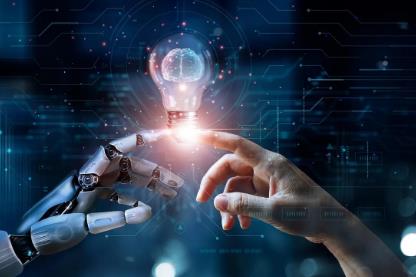Training AI with Anime: Techniques and Outcomes
Unlocking the Potential of Anime in AI Training
In the realm of artificial intelligence (AI) development, the use of anime as a training resource has garnered significant attention. Leveraging the rich diversity of art styles, character designs, and storytelling techniques found in anime, researchers have devised innovative approaches to training AI algorithms.

Data Augmentation and Diversity
One key technique in training AI with anime involves data augmentation, a process that involves generating new training data from existing samples. By applying transformations such as rotation, scaling, and color manipulation to anime images, researchers can create a diverse dataset that exposes AI algorithms to a wide range of visual variations. This approach not only improves the robustness of AI models but also enhances their ability to generalize to new scenarios.
Style Transfer and Adaptation
Another notable technique is style transfer, which involves applying the artistic style of one anime to another. This method enables AI algorithms to learn the unique aesthetic characteristics of different anime styles, allowing for the creation of novel artwork that blends elements from multiple sources. Additionally, style adaptation techniques enable AI to generate anime-style images from real-world photographs, opening up new possibilities for creative expression.
Character Recognition and Emotion Analysis
Beyond visual aesthetics, anime also serves as a valuable resource for training AI in character recognition and emotion analysis. By analyzing facial expressions, body language, and dialogue in anime scenes, researchers can develop AI models capable of accurately identifying characters and discerning their emotions. This capability has applications in various fields, including sentiment analysis, virtual assistant development, and human-computer interaction.
Applications and Implications
The outcomes of training AI with anime are manifold, with implications across diverse domains. In the entertainment industry, AI-powered tools enable creators to streamline the animation process, automate character generation, and personalize user experiences. In education, AI-driven tutors leverage anime-style avatars to engage students and facilitate immersive learning experiences. Moreover, in healthcare, AI algorithms trained on anime data contribute to the development of assistive technologies for individuals with disabilities, such as emotion recognition systems for autistic individuals.
Continued Innovation with Anime Ai
As AI technology continues to advance, the integration of anime in AI training is poised to drive further innovation and creativity. By harnessing the diverse visual and narrative elements of anime, researchers can push the boundaries of AI capabilities, enabling machines to perceive, interpret, and respond to the world in increasingly human-like ways.
Exploring New Frontiers with Anime Ai
In conclusion, the use of anime in training AI represents a compelling intersection of art and technology. With its vast potential for data augmentation, style transfer, and character analysis, anime serves as a fertile ground for advancing AI research and development. By embracing Anime Ai as a cornerstone of AI training, researchers are paving the way for a future where machines possess not only intelligence but also creativity and empathy.